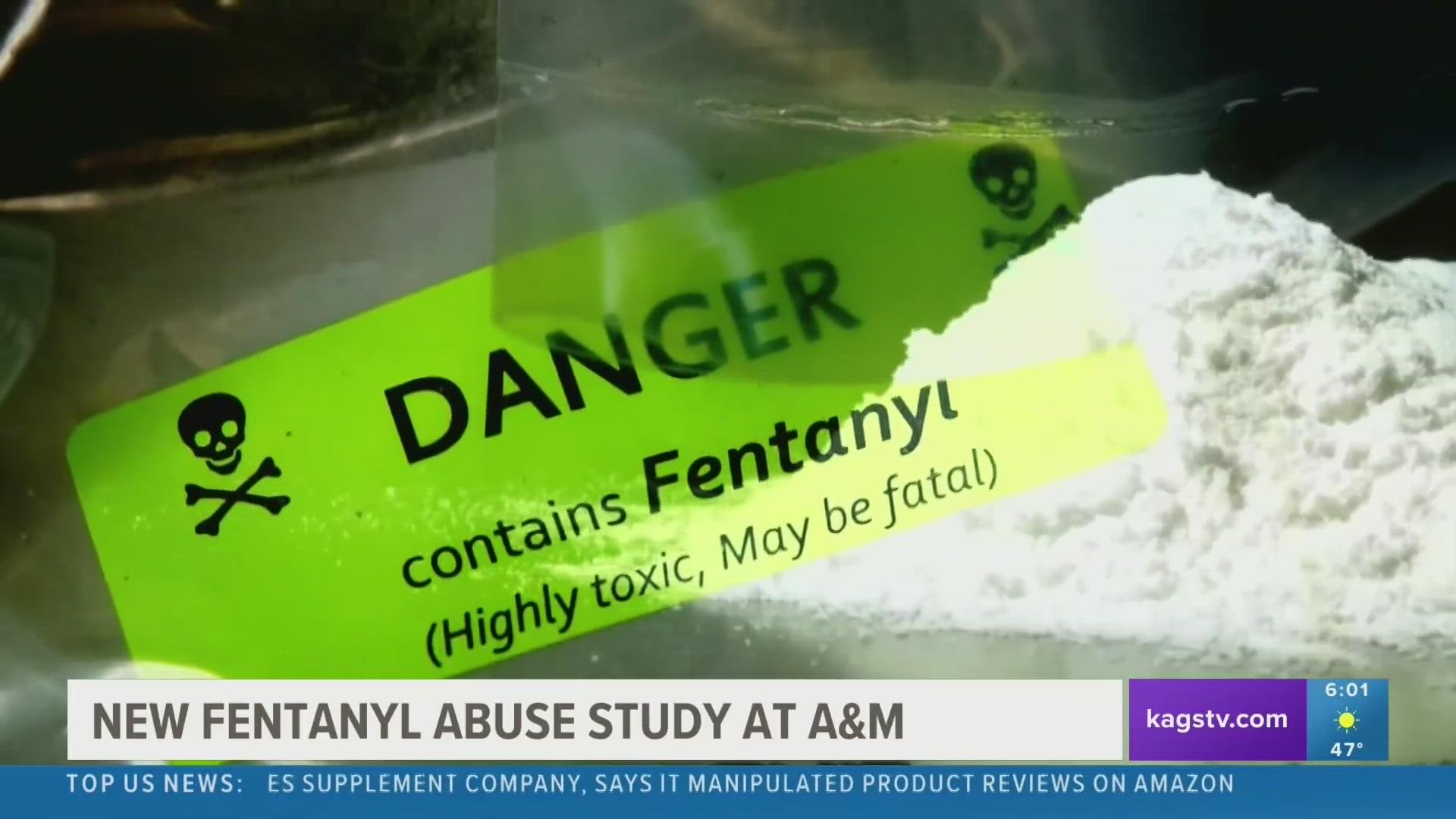COLLEGE STATION, Texas — The ongoing opioid epidemic has effected countless American communities and has claimed thousands of lives.
In a 12 month period in January 2022, over 100,000 people in the U.S died from drug overdoses and drug poisonings. 67% of those deaths involved synthetic opioids like fentanyl.
“In late 2022 to 2023 this is sort of an astounding statistic, the Houston DEA which covers the Brazos as well the search and seizes of fentanyl contaminated illicit drugs is double the amount of all other illicit substances combined," explained Clinical Assistant Professor, Dr. Joy Alonzo. "That means meth, cocaine, cannabis all of that combined, the amount of fentanyl contaminated products is double that.”
The department of neuroscience at Texas A&M’s School of Medicine is tackling this national issue by identifying the specific parts of the brain that are affected by opioids.
“After repeated exposure to fentanyl and withdrawal, the fentanyl response neuron will inhibit output to dopamine's neuron and suppress dopamine activity and this may cause anxiety and depression or those negative emotions and this may drive individuals to seek future fentanyl abuse and may also trigger in the future relapses and I think this study will help us go one step forward to develop treatment to reduce the negative emotions and maybe even reduce fentanyl abuse,” said Associate Professor, Dr. Jun Wang.
The study found that fentanyl inhibits the decision making and emotional processing area of the brain, suppressing dopamine and creating a dangerous cycle of addiction.
Dr. Wang hopes his study will provide new insights into the underlying affects of opioids.
"We are still far away from developing treatment however we know better than before how this drug works and this will help other studies and other researchers to develop the drug. Now we can pinpoint the group of neurons and in the future people can study that group of neurons,” he said.

